Celebrating Zero Emissions Day with Landsat – A Solar Farm in Wapello, Iowa
Iowans are working to reduce emissions by moving to renewable energy sources.


Iowans are working to reduce emissions by moving to renewable energy sources.


Well, it’s Water Wednesday. Today’s Landsat highlight is a time lapse video (2007-2017) showing the effect of a 2010 dam breach on the water level of Lake Delhi located in Delaware County in eastern Iowa. Notice the dramatic decrease in water and the exposure of large sandbars and the refilling of the lake as the dam is restored.
This year we are celebrating 50 years of the Landsat earth observing satellite mission. Landsat data helps us observe changes in our communities and environment over time.
Use sliders to compare images.
Today’s image shows an area in northwest Iowa between Spencer (Clay County) and Emmetsburg (Palo Alto County). The two images on the left are showing water levels in 1990 (typical year) and 2022 (recovering from a drought) compared to 1993 (heavy flooding) and 2008 (flooding). Notice the swollen streambanks and flooding along water bodies in the right images.




This year we are celebrating 50 years of the Landsat earth observing satellite mission. Landsat data helps us observe changes in our communities and environment over time.

To celebrate the Landsat Golden Jubilee, consider taking a virtual visit to Camp Landsat! This summer Camp Landsat is celebrating this exciting anniversary with 5 weeks of programming, celebrating the 5 decades of Landsat’s continuous mission. This week the theme is People and Places.
Enjoy and explore many activities from Camp Landsat including:

Stay Cool and Keep Observing!
Saturday, July 23, 2022 marked the 50th anniversary of the launch of the USGS/NASA Landsat earth observing satellite mission. With the launch in 1972, Landsat has continued its earth observation mission and become the longest continuous earth observing satellite.

Enjoy this video recalling the launch and explaining the beginning of the earth observing satellite mission, Landsat 9 – Part 1: Getting off The Ground: https://www.youtube.com/watch?v=FlRf17Egexo.
Keep Observing!
The registration deadline for this summer’s GIS workshop for educators is July 8, 2022.
Register today!
https://www.wmpenn.edu/k12-teacher-workshop/

We are continuing our celebration of the 50th year of the US Landsat satellite imagery program. This week we are heading to the lake – Clear Lake, Iowa, located in north central Iowa.
Below are four images showing Summer Solstice (6/13/2019), Fall Equinox (9/17/2019), Winter Solstice (12/22/2019), and Spring Equinox (3/18/2019) from Landsat 8. The images are presented in color infrared which shows vegetation in red rather than green for better contrast.

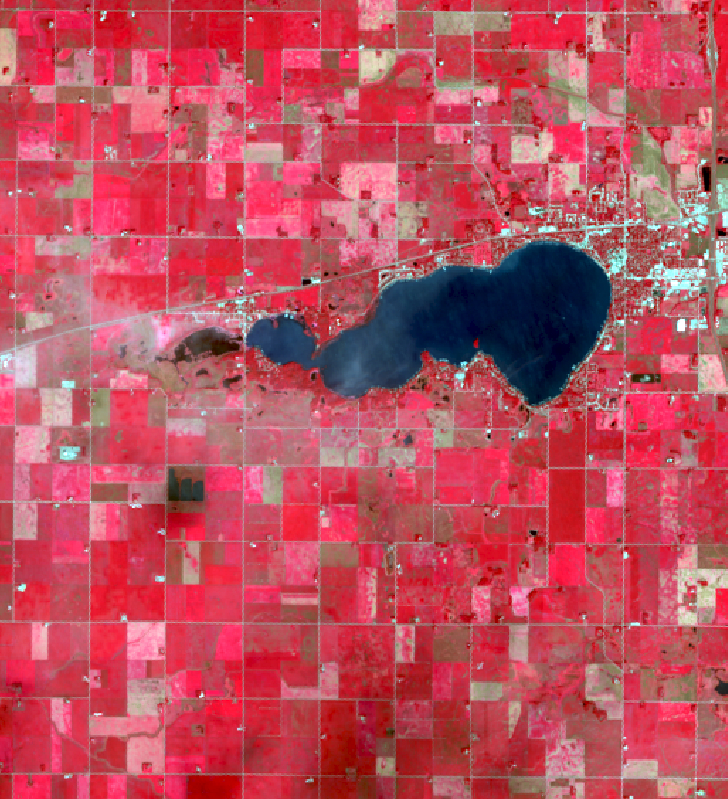
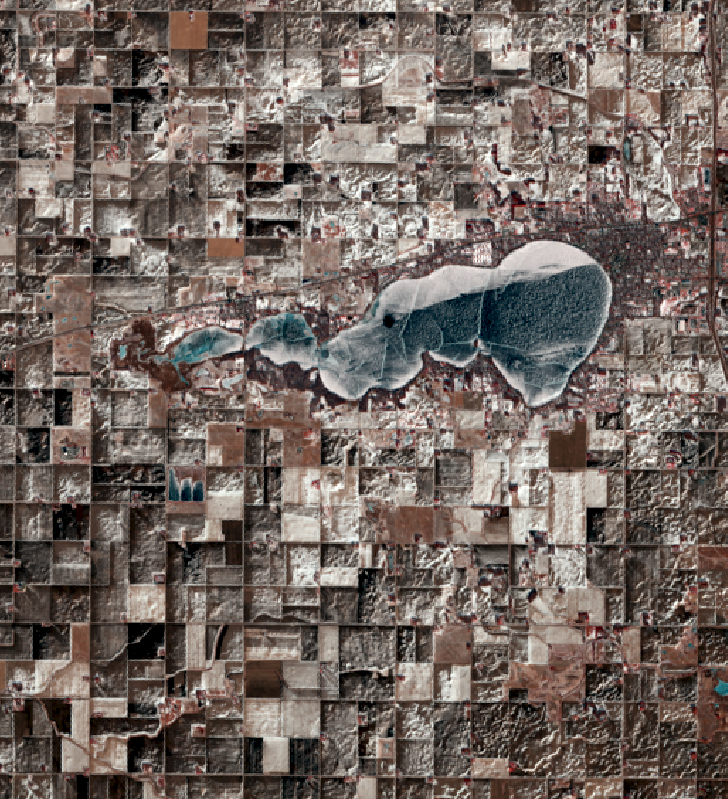

Observations:
It’s another Throwback Thursday. Saylorville Lake and Dam are located in Central Iowa northwest of Des Moines, Iowa. The Saylorville complex was built to help with flood control and as a drinking water source for surrounding communities. At normal levels, the Saylorville reservoir stores 21.1 billion gallons of water with capacity at flood levels to hold 204.1 billion gallons of water.


Below are several resources if you are interested to learn more about this important structure north of Des Moines:
This year we are celebrating 50 years of the Landsat earth observing satellite mission. Landsat data helps us observe changes in our communities and environment over time.
Welcome to another Throwback Thursday. Today we are going back into the archives to compare imagery from the first five Landsat satellites (all images are featured in natural color). Click on each image for a closer view.

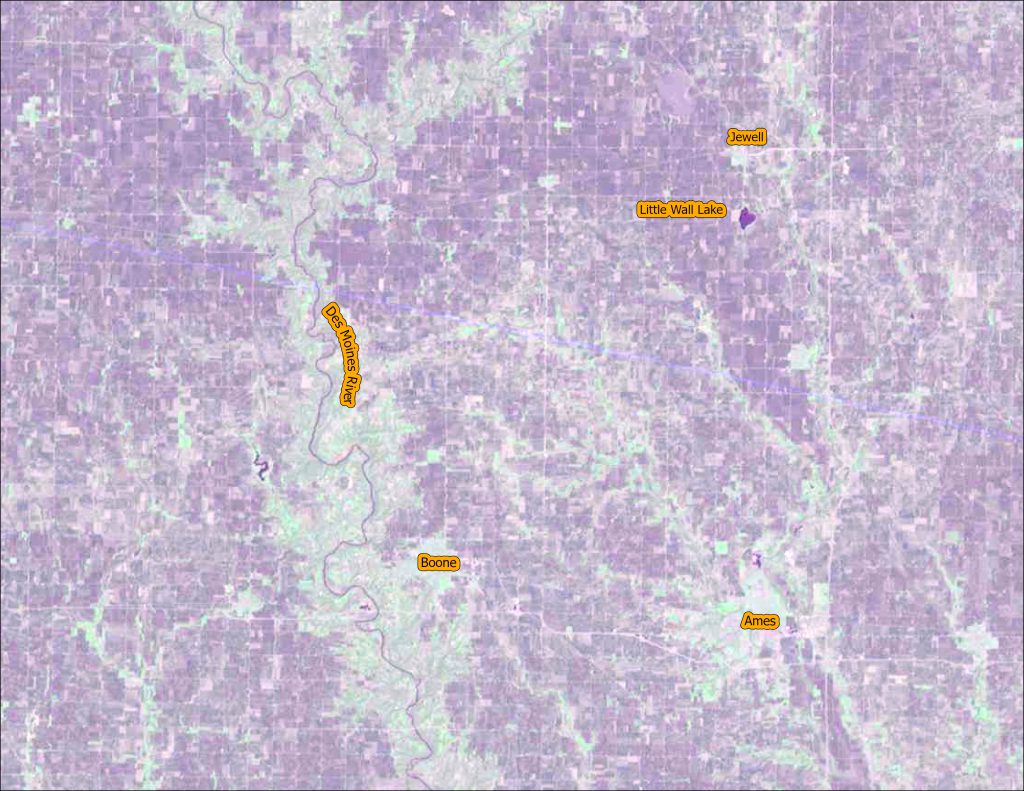
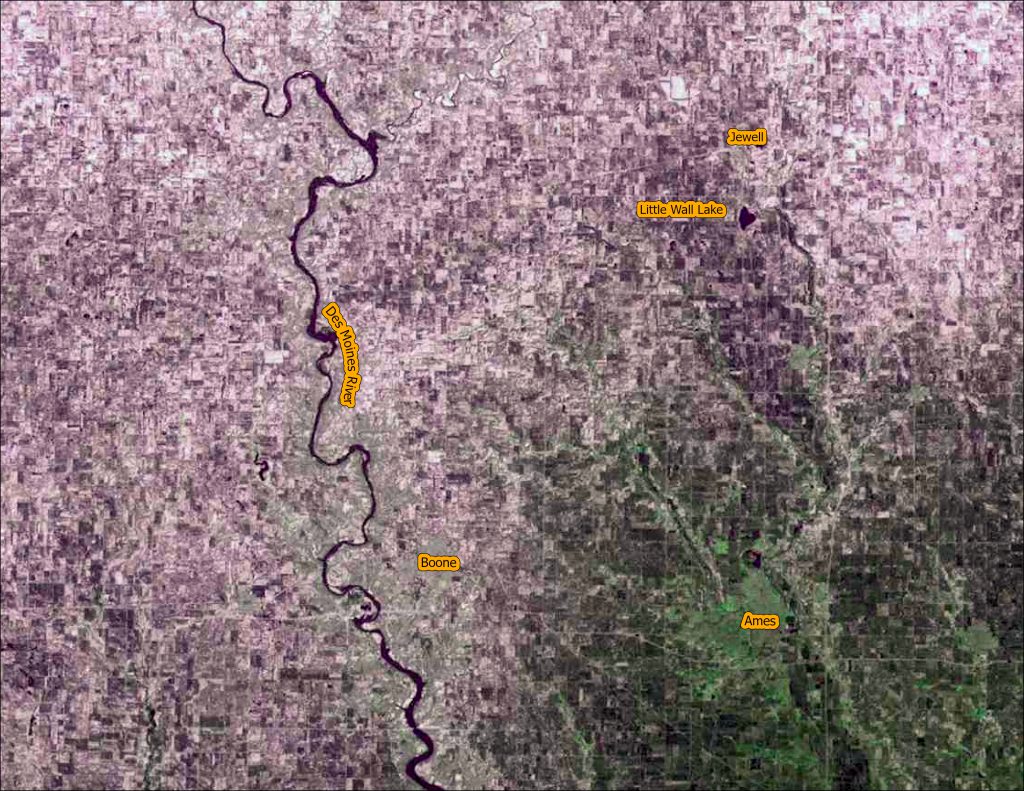
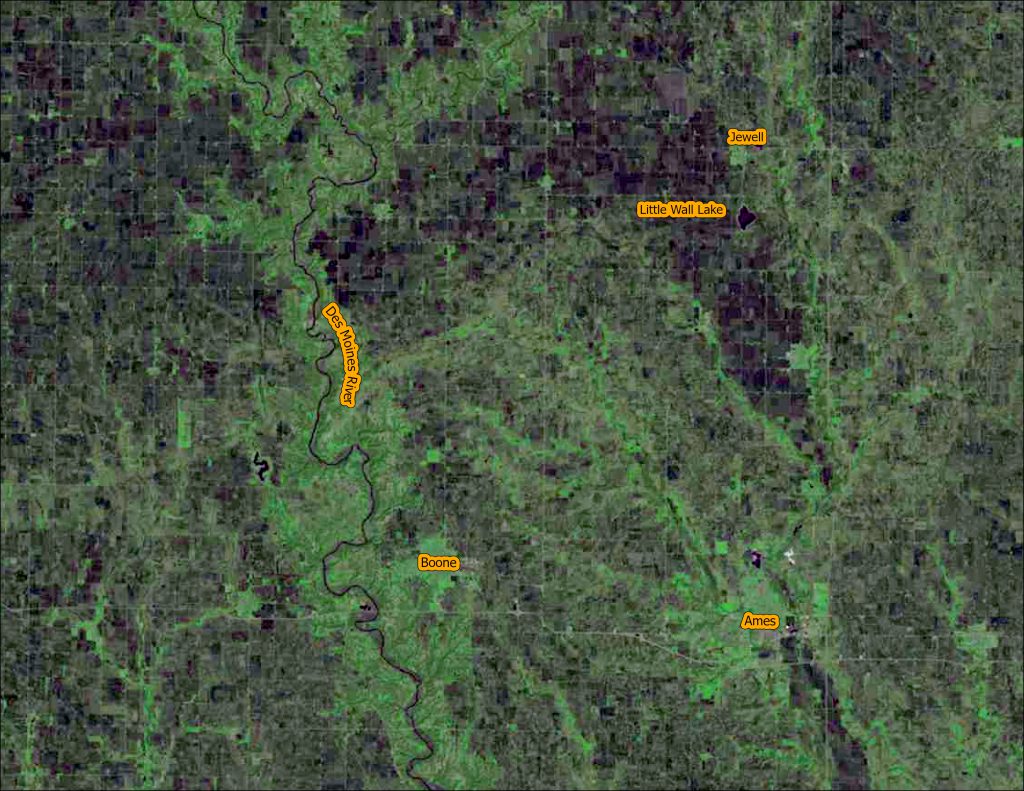
You can explore the raw images using this web app: https://arcg.is/0XrG4f. Happy exploring.
This year we are celebrating 50 years of the Landsat earth observing satellite mission. Landsat data helps us observe changes in our communities and environment over time.
Thanks for stopping by and keep observing the world around you!